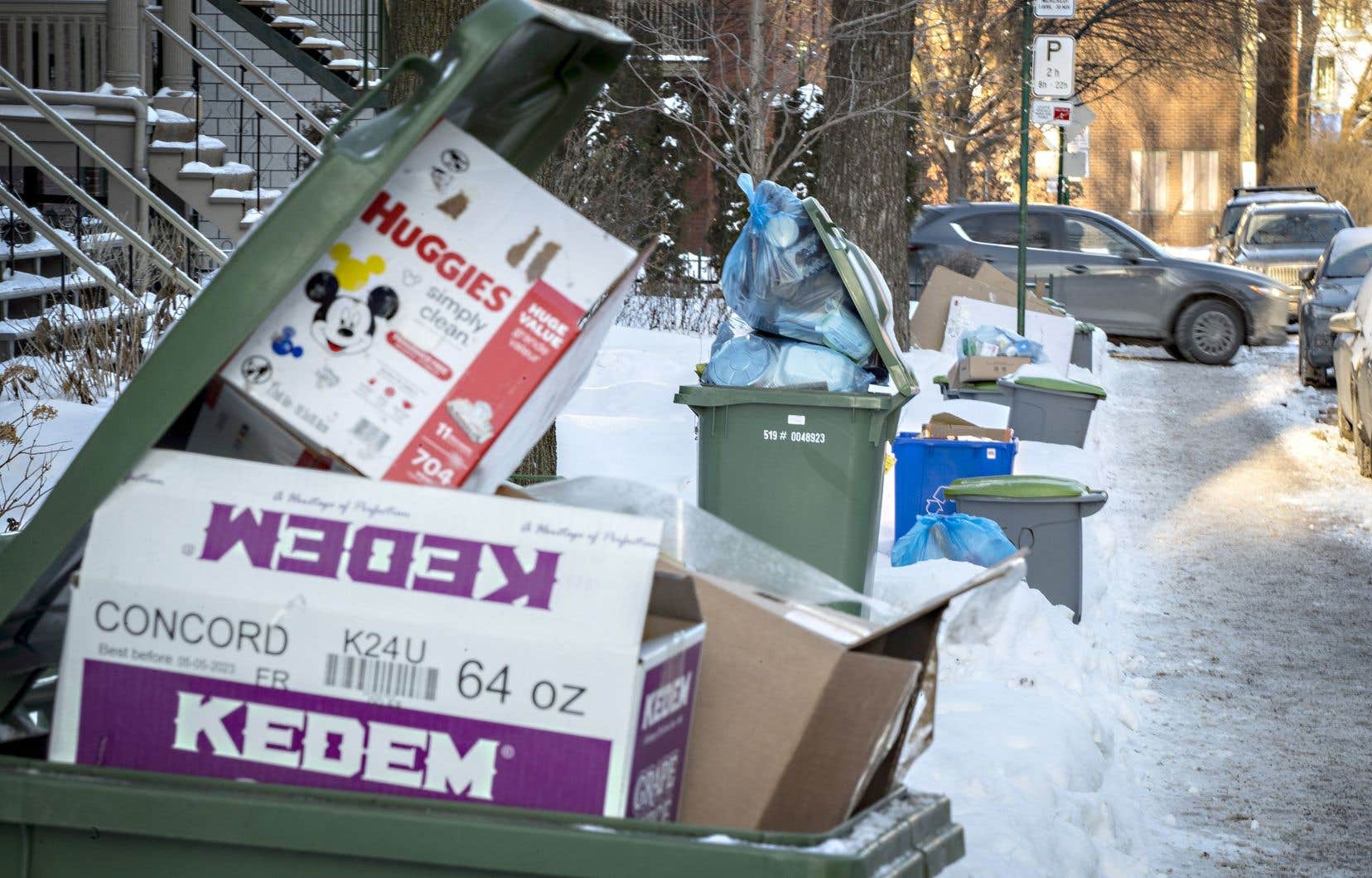There is still a lot of work to be done so that citizens avoid putting materials that are not recyclable in the recycling bin, according to a new survey. But companies that market containers and packaging also have an important role to play.
Almost all (98%) of Quebecers participate in selective collection at home, according to a Léger survey commissioned by Éco Entreprises Québec (ÉEQ), the organization recently designated to manage selective collection throughout Quebec.
Even though 86% of respondents believe they are doing things correctly when sorting recyclable materials, many still place items in the recycling bin that their sorting center does not recycle.
For example, one in two citizens (47%) wrongly think that plastic toys can go in the recycling bin and this is 39% in the case of plastic chairs.
“One of the questions included 15 materials to put or not in the recycling bin” and “25% of the answers were not correct”, so “that means that there is still a lot of work to be done to get citizens to put the right materials in their recycling bin,” said Maryse Vermette, CEO of Éco Entreprises Québec.
Paint cans, diapers, lithium batteries and garden hoses, for example, are still found in recycling, three decades after the implementation of selective collection.
The publication of the survey coincides with the launch, by Éco Entreprises Québec, of the Bac Impact campaign, which will be broadcast on various platforms, in order to raise awareness and inform the population on the importance of properly sorting recyclable materials.
Packaging that cannot be recycled
Confusion over what can or cannot be put in the recycling bin is also fueled by the multiplication of the types of materials used in consumer items, by the different containers and by the multiplication of packaging.
For example, how do you dispose of a box of Pringles chips, which is made of plastic, metal and cardboard?
“Currently, this box is accepted by certain sorting centers and it is refused by others, so it depends on the list of materials accepted according to the municipality. This is why the citizen is confused, because from one city to another, the messages are not the same,” replied Maryse Vermette.
Hence the need, she noted, “to move towards standardization of packaging”.
Collection reform
In 2022, Recyc-Québec entrusted Éco Entreprises Québec with the responsibility of modernizing selective collection, which should make it possible to standardize, across the province, the materials accepted in recovery bins.
The collection reform is gradually coming into force and should be fully operational in 2025.
“It’s a small revolution that is happening,” underlined Maryse Vermette, whose organization “works with sorting centers to develop new technologies to properly sort the material” and ensure that all containers, packaging and printed matter can go to the recycling bin everywhere in the province.
“And all of this will have an impact on the costs of the system,” she added.
But rather than investing in new technologies to allow sorting centers to recycle different types of packaging, wouldn’t it be more judicious to emphasize reduction at source?
To this question, the CEO of Éco Entreprises Québec responded that her organization works closely with “governments, both at the provincial and federal levels, for reduction at source”.
In the same breath, she added “that we will always need packaging, but we must actually use eco-responsible and recyclable packaging”.
The latest report on the management of residual materials from Recyc-Québec shows that the quantity of material that Quebecers put in the recycling bin is increasing.
Sorting centers received 1,058,000 tonnes of materials in 2021, which represents an increase of 7% compared to 2018.
Less than 50% of selective collection is recovered, according to this report.
